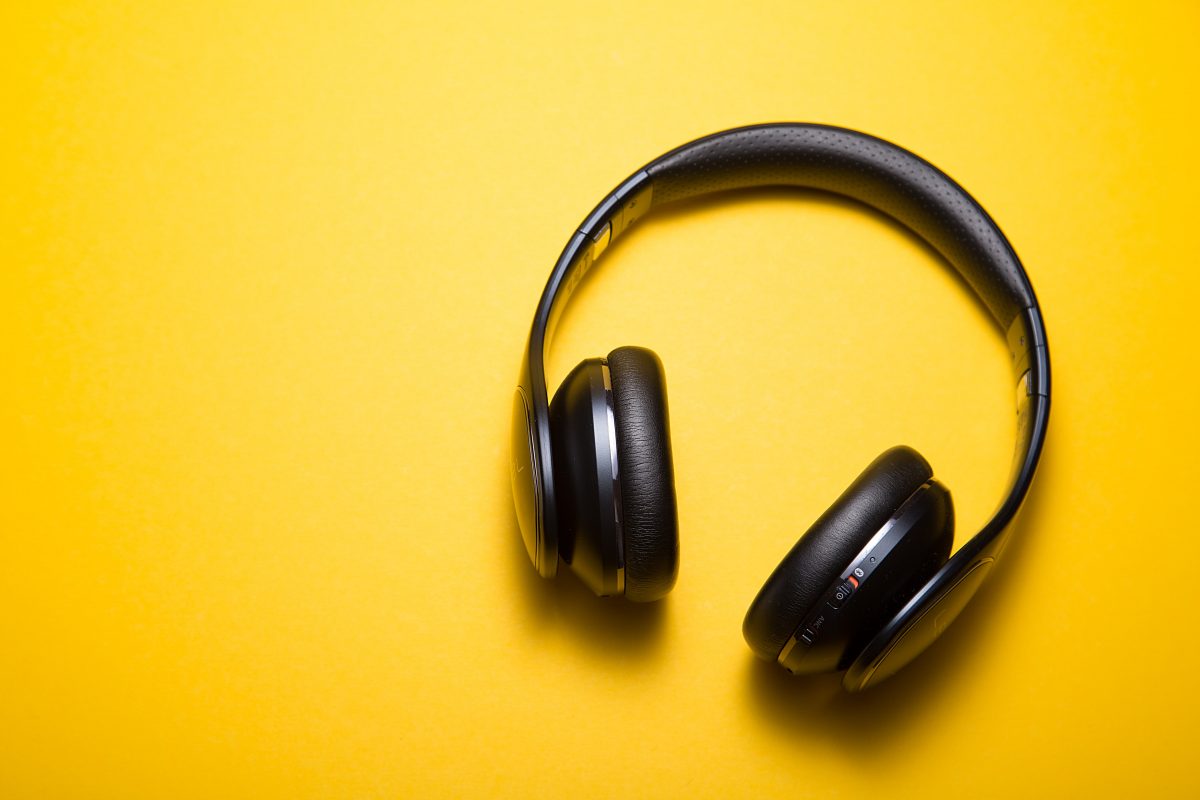This year’s assistive technology network (ATN) event looked at sustainable approaches in a time of transformation. ATN steering group member Peter Scorey from the University of Chester ran a popular session on audio description – one of the more complex areas of media accessibility.
Peter talks us through his own investigations into what audio description is, why we need it, and how it can be created independently within a university setting (ie without using external media companies).
The long and winding road to audio description in education
The history of audio description is quite long due to its use in other media types such as theatre, film and television. My talk centred around how you can add it to your videos for use by your students, as it is a WCAG 2.1 AA success criteria, although not required if the information on your video is provided in a different format (such as a transcript).
Within the context of video, there are two types of audio description: standard and extended. Standard is where the audio description is fitted in between the natural pauses of the video. Extended audio description is where the video is paused while the audio description is completed. We listened to examples of both types of audio description using the Able Player example.
Planning your descriptions
When designing audio description for your videos, you should consider:
- What to describe: your descriptions should describe the scene, plot, expressions.
- Synchronisation: how can you add a track to start at the same time as video?
- Language: to achieve consistency between different videos.
- Style: again, to provide consistency between different videos. For example, whether to fill every pause or not.
- Technical: in which format will video and audio tracks be?
We looked at examples of two methods of adding audio description to videos. The first was to record the audio description on a separate audio track within the video container. The second was for the browser to read the audio description from a captions file.
Need for support
In conclusion, there is still a lot to learn about audio description and there is very little practical support and tools available to help, particularly for website and learning platform media. Current tools and procedures are also complex and time-consuming to learn and use. Support needs to improve (as it did for captions on video) before wide scale take-up of this essential service will happen.
Further reading
Blog by Peter Scorey, University of Chester and ATN Steering Group.
Get involved
Find out how to join the assistive technology network to ensure you receive notifications of future free events. The assistive technology network is supported by Jisc and TechAbility.

